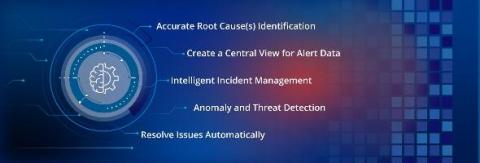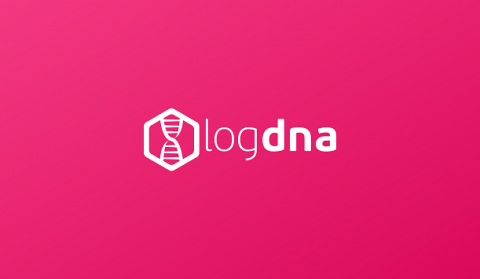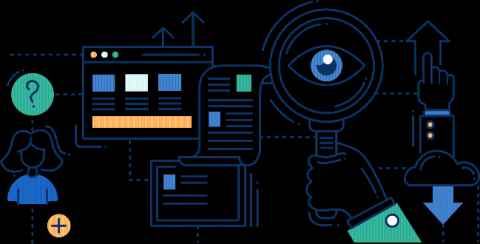Five Ways AIOps Can Improve IT Incident Management
Artificial intelligence for IT operations (AIOps) is an emerging technology that can help IT operations teams make sense of operational data. As hybrid infrastructure and cloud-native technologies present new levels of complexity, AIOps is showing great promise in simplifying and transforming digital operations management. In our recent Tech Talk, Five Ways AIOps Can Transform Your Enterprise, OpsRamp’s Eric Cook spoke about the need for AIOps in today’s multi-cloud environments.











